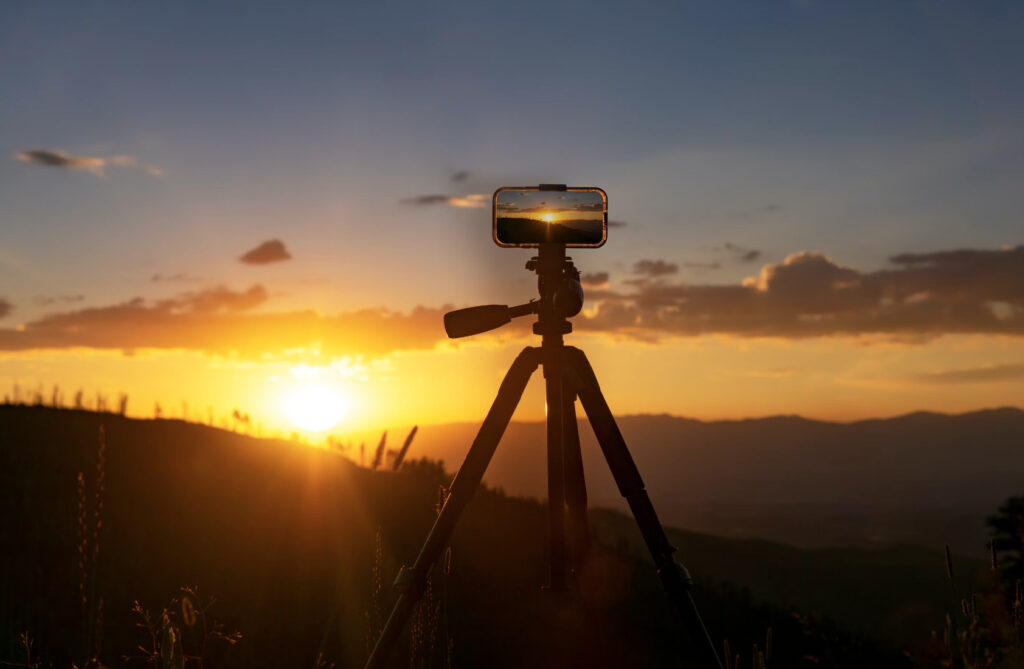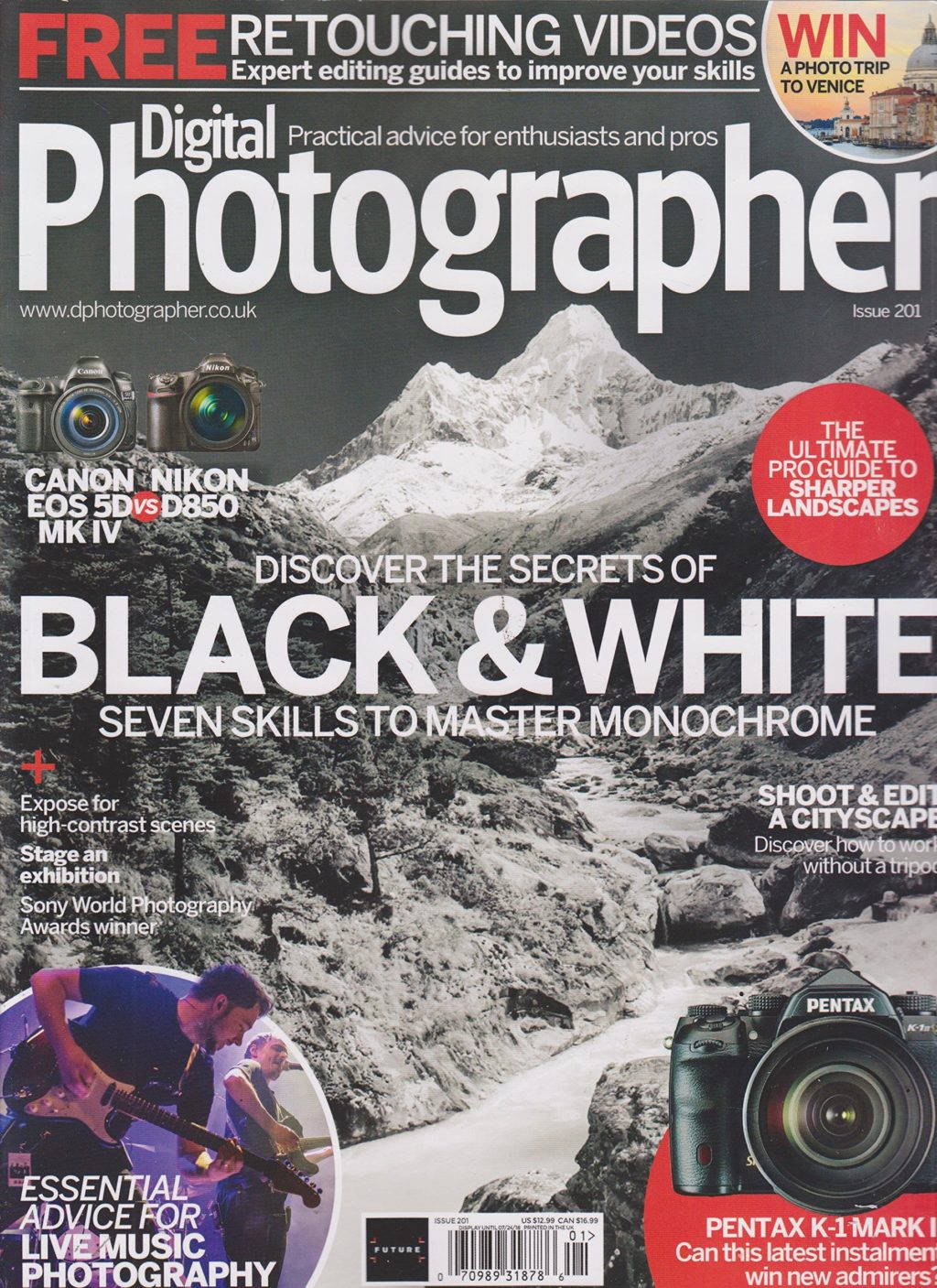So, what is with memory card speed? If, until now, you have only been using your camera for general stills photography, it’s unlikely that you have been unduly concerned with the speed of your memory card.
Even the base level SD cards can more than cope with the stills output from cameras whether shooting JPEG or RAW.
Even if you start shooting in continuous mode, cards will generally keep up with the camera, at least for a while.
In recent years, however, our cameras have become so much more than devices for capturing stills. Video has become a major USP of most cameras on the market, with each manufacturer adding more and more video features.
Today’s stills cameras often have better and more diverse video capabilities than high-end camcorders from a few years ago.

The pinnacle of those video capabilities today is 4K or Ultra High Definition video. Virtually all new cameras are capable of shooting it. However, as many of you may have found, not all SD cards are capable of recording it.
Today we are going to tell you why.
How A Camera Records Stills And Video.
When you take a shot, be it stills or motion, the camera’s processors will read the data from the sensor, translate that to a digital file then save it to a memory card.
However, despite the power of modern cameras, this cannot be done in real-time, it takes a few milliseconds to process the data and a little longer to write it to the card.
To get around this delay and allow photographers to shoot continuously, cameras have a buffer. Buffers are basically extremely fast memory, not unlike the RAM in your computer at home. When you shoot, the camera’s processor puts that digital file into the buffer, before writing it to the memory card.
This allows the camera to continue shooting even as the file is being written. Buffers are a fixed size, they are often bigger on more expensive cameras but if you shoot continuously they will eventually fill up and start to delay the shot taking. This is particularly important when it comes to 4K video.

Saving 4K To Memory Cards.
A 4k video output in terms of a still image is a shade under 9 megapixels. The lowest frame rate found when shooting most video is 24 fps. So in other words, when shooting 4K at 24fps, your camera is taking 24, 9-megapixel images every second and writing them to the memory card.
The buffer in your camera can only write that data to the card as fast as the card can read it, and here is the problem.
Most base level SD cards are not super fast. They are designed to write still images either JPEG or RAW, perhaps even HD video, but when it comes to 4K, they simply cannot cope. The camera’s buffer fills up and the camera will either stop shooting video or you will start to get card errors.
When your camera processes video, it compresses the data very much like a JPEG file. Most commonly the codecs used are h264 or h265. These give a good combination of compression while maintaining high quality.
When you test shoot 4K video, you might shoot something that’s stationary. Because little is moving in the image, the camera’s processors can compress the video file to a very small size and write it to most memory cards.
However, if there is any motion in the video, the camera cannot compress the file as much and therefore cannot write it to the memory card quick enough.
This is often why you might think your card is suitable but when shooting in real life, find out that it’s not.

What Speed Cards Do I Need?
Fortunately, memory card manufacturers have a scale to rate write speed. The most common at the moment is Class 10 sometimes known as Class U1. This will write data at 10 MB/s and is more than good enough for most stills work and for 1080P High Definition Video.
However for 4K video at frame rates from 24-120 fps our cards need to have a sustainable writing speed of 30 MB/s. The base level for this is the Class U3 cards.
To confuse matters companies have several different rating systems for memory cards. There is SD, SDHC, SDXC and so on. These denote the bus interface speed. The bus interface denotes how big the “chunks” of data are that can be written to the card in one go. As you will imagine, for 4K we need to write large chunks of data (bus interface) at high speed (write speed).
So with all that, hopefully, a little clearer what card do you need to save 4K?
You are looking for a card that has the symbols UHS-11 or UHS-111 and the class rating of U3. In reality, the most important aspect is the Class U3 and that is denoted by a tiny logo, seen here.

All the major memory card companies will produce UHS Class U3 cards, however, you will find they are significantly more expensive than regular Class 10 or Class U1 cards (at the time of writing)
If you are not planning to shoot a lot of video, it may be worth investing in just one Class U3 card. A 64GB card will hold around 90 minutes of 4K footage, more than enough for casual use. You can, of course also use the card for regular photography, storing both stills and video on the memory card.
We hope this article has been of some help to you in understanding why memory card speeds matter when shooting 4K. In short, any card with a Class U3 rating will be more than adequate for 4K shooting.





4 Comments
Thank you Jason. Just a small addition: 4K is only the beginning. You need to know what compression you are going to use. For example, on a Fujifilm X-T3, you can choose is 4 k between 4:2:0 (8 bit), 4:2:0 (10 bit), 4:2:2 (10) bit and then you need to choose long gop or all intra. (Long Gop only writes the changes in the image frame to frame, All Intra writes all frames total which makes a big difference in size)
If you do choose 4.2.2 all intra, then the U3 95MB card, as shown above, is not going to be fast enough.
For 4:2:0 Long Gop it is fast enough.
Thanks for the additional info. Yes as we see more an more cameras shooting 10bit and higher bitrates we will be needing even faster cards.
Hi Jason, thanks for this. Your article is still helping people 2 yrs after its publication!
I’ve just got my first camera bodies that can shoot 4k and I was concerned I’d have to invest in newer memory cards. Turns out my existing SanDisks are U3 🙂
Hope you’re keeping well.
Jason, great info but if you screw it up and use U1 while shooting and the camera allows you to continue shooting with 4K and you later come to the editing process to find out that you have Media Offline flickering in 90% of your video clips. What do you do then? Shooting the film over is not an option – too expensive!